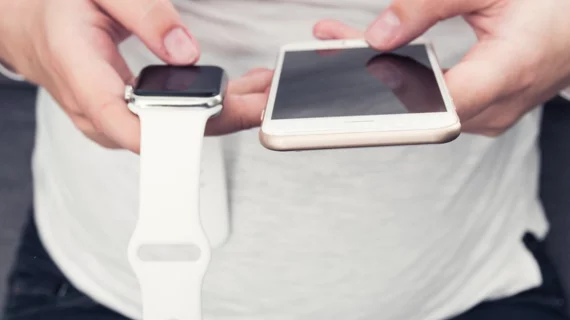Apple Watch’s fall detection feature saves lives
Emergency authorities found a bloody and unconscious 67-year-old Norwegian man on his bathroom floor in the nick of time. His savior was Apple Watch’s fall detection feature, which is available for users who are 65 and older.
Toralv Ostvang fell when he went to the bathroom and the Watch’s fall detection feature automatically alerted emergency services after he was unresponsive. He suffered three fractures to his face, according to a report from Digital Trends and NRK.
The fall detection feature automatically calls emergency services and shares the location information for unresponsive users. Though Apple has advised users to not use the watch as a medical device, it has saved lives with features like fall detection and the electrocardiogram test, which was released in December.
The Apple Watch’s impact on healthcare is not limited to falls and cardiovascular health. In collaboration with Aetna, Apple recently launched Attain, a new health app that will provide users with personalized health goals. The app will be used in partnership with the Apple Watch to track daily activity levels, recommend healthy actions, improve nutrition and sleep habits.
To read the story, click the link below.

